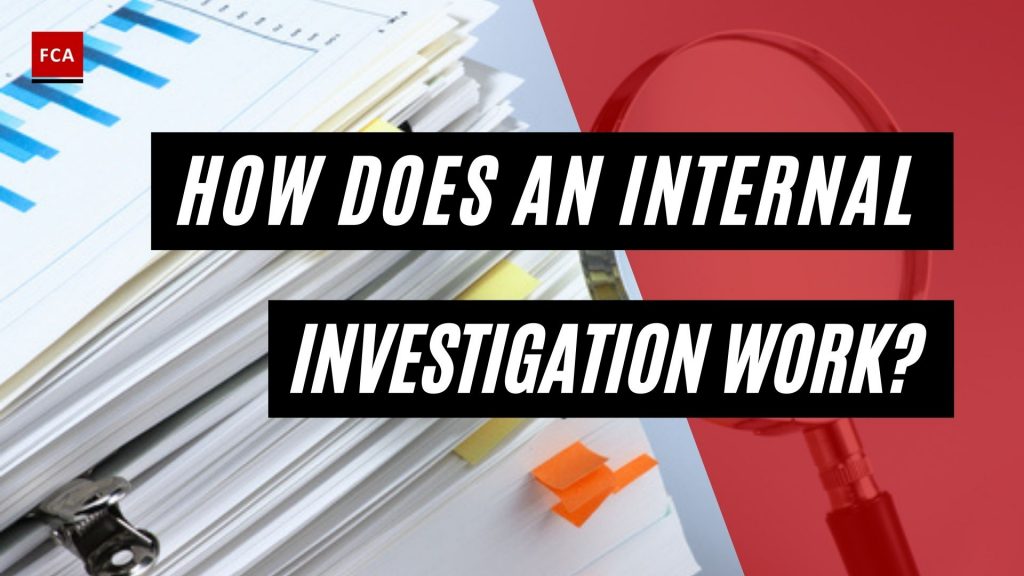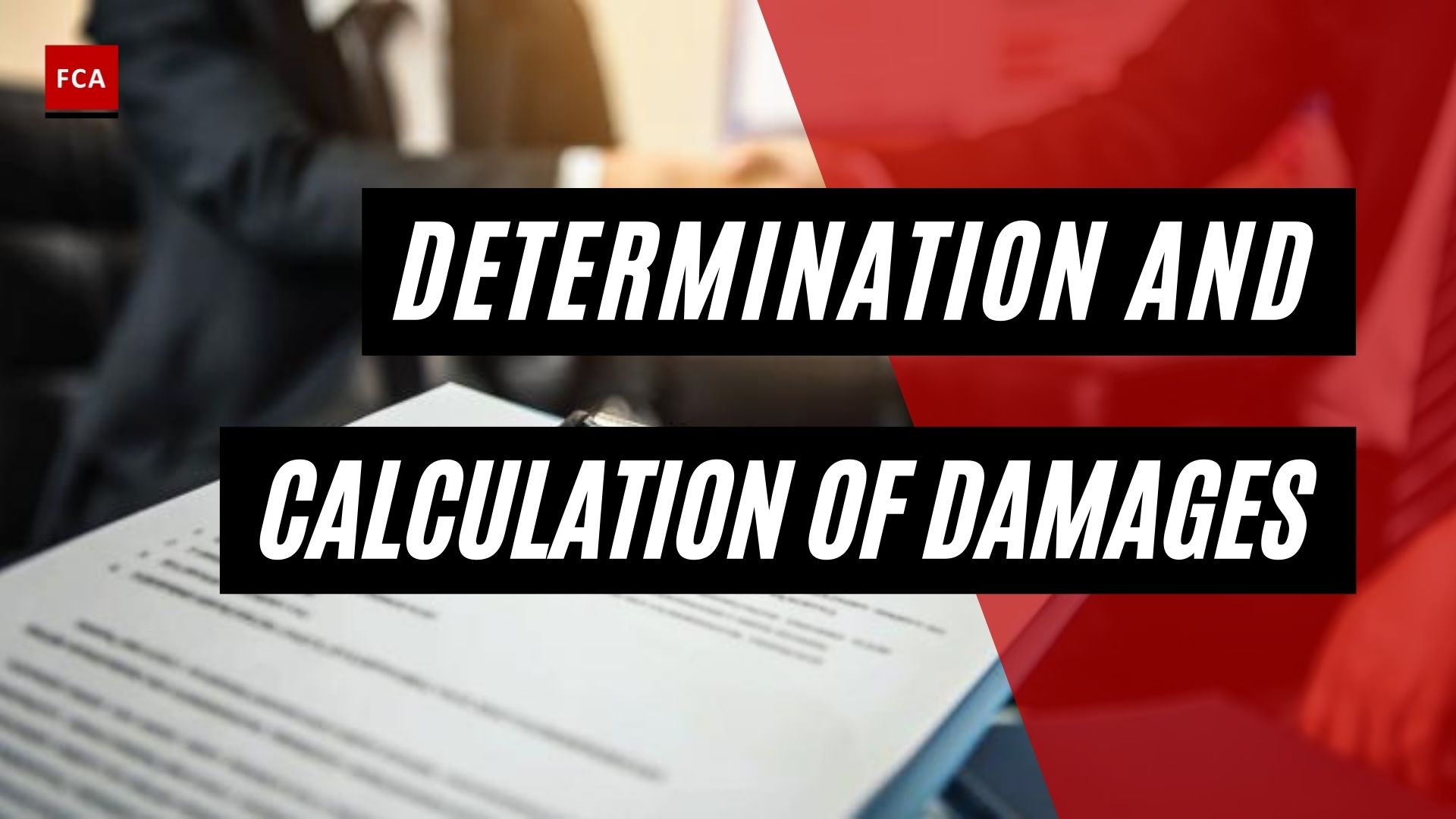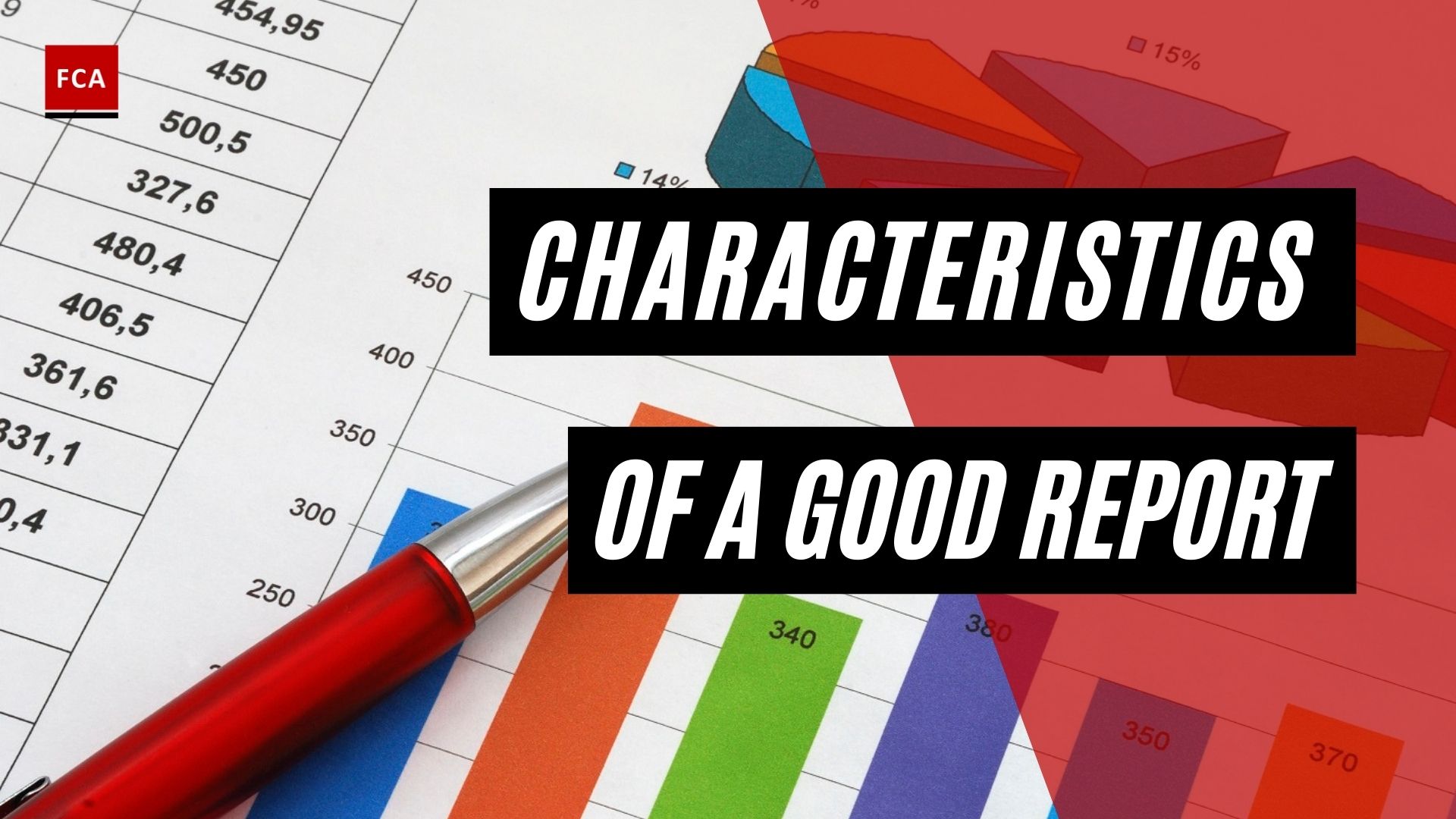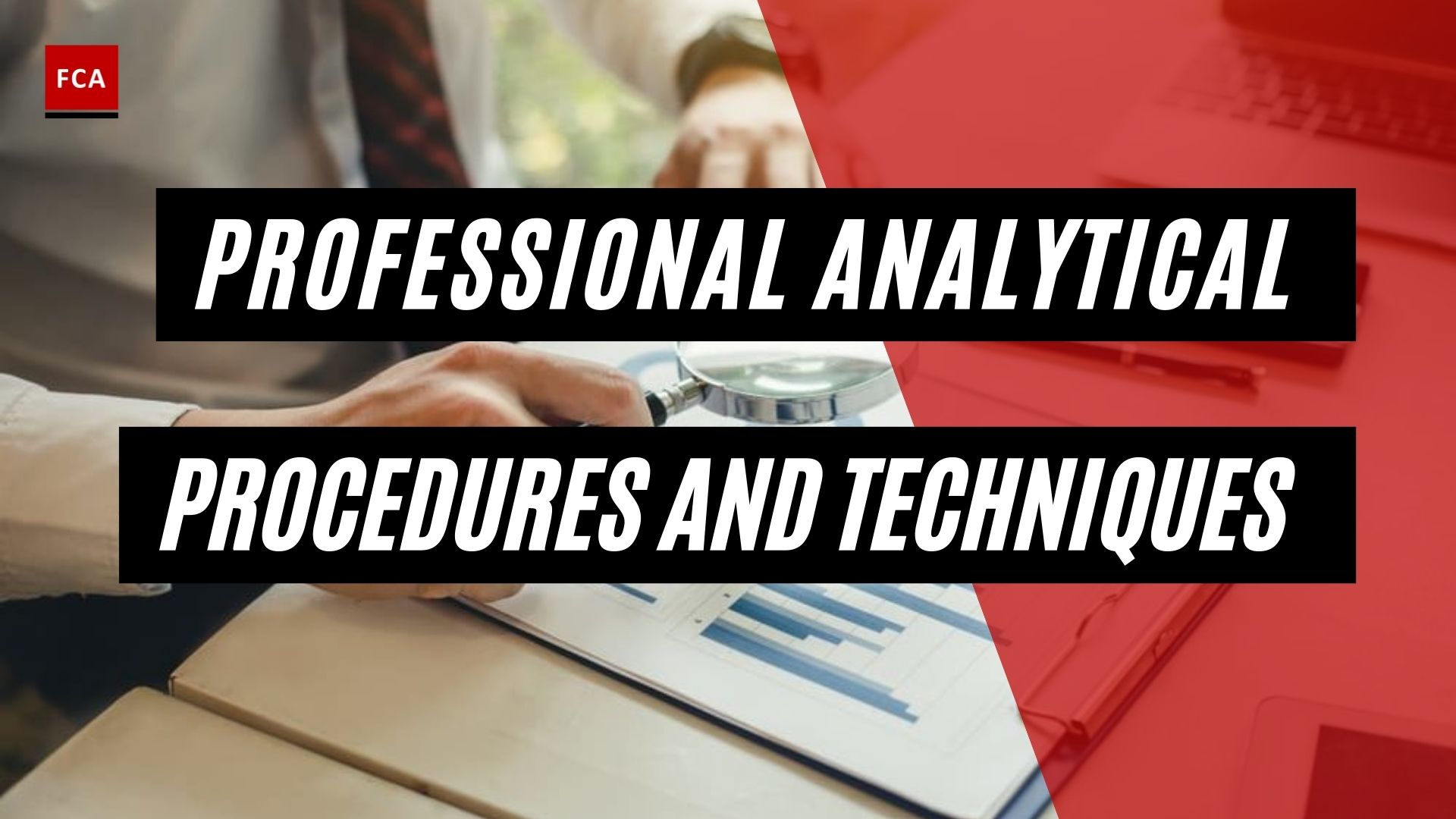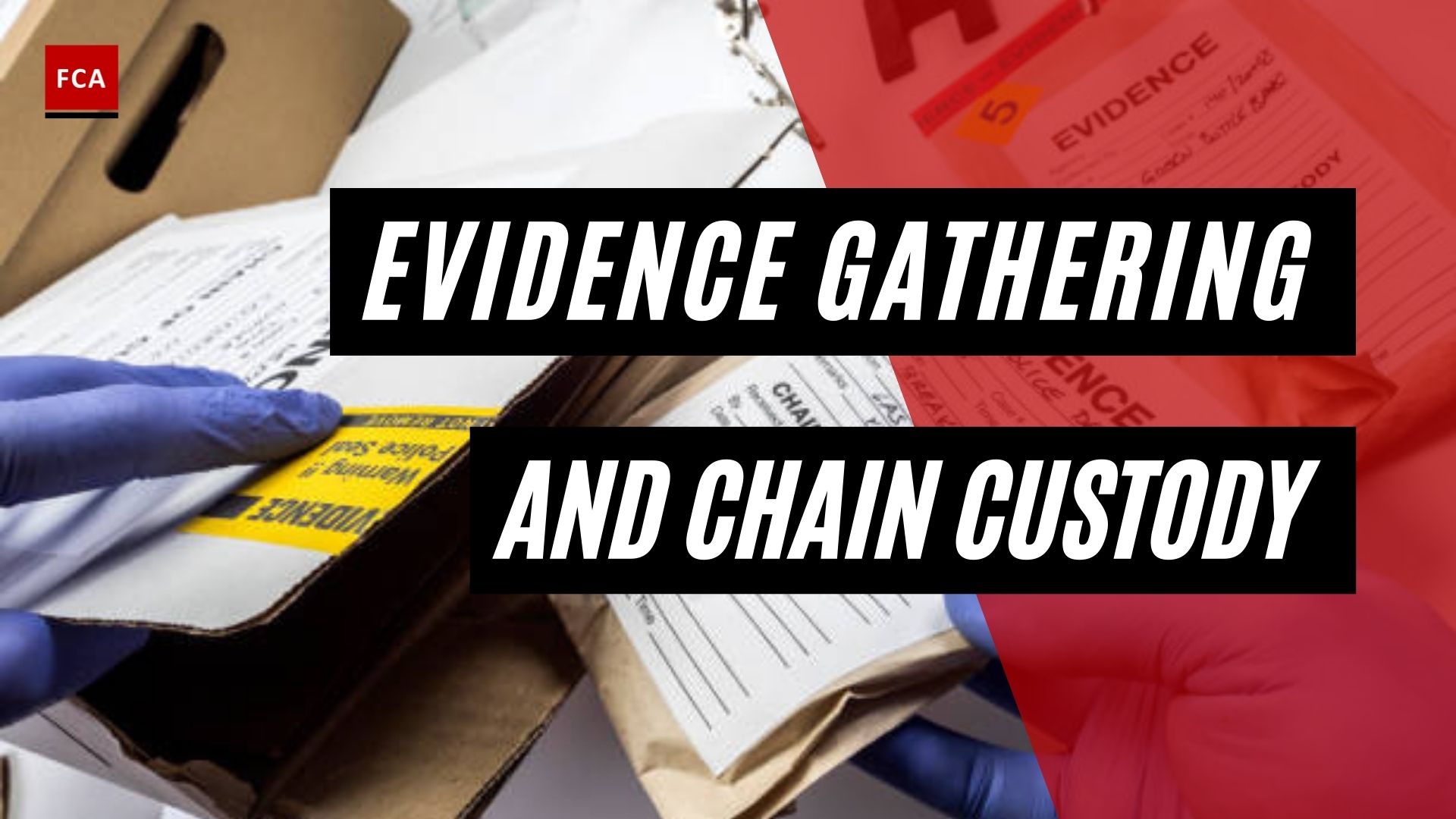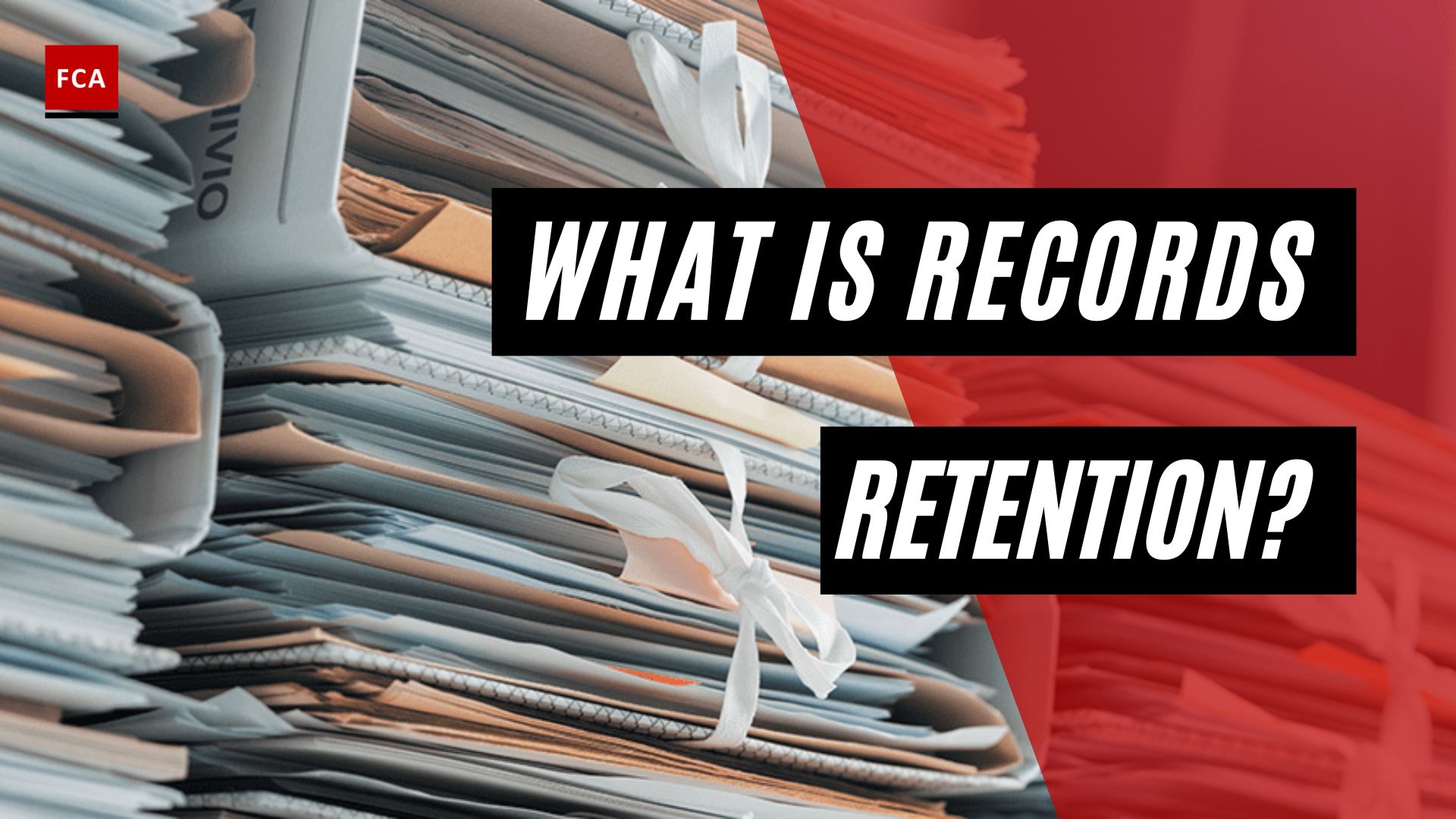How does an internal investigation work? An internal investigation seeks to establish the facts so that, if wrongdoing has occurred, the reasons for it can be identified and steps taken to prevent it from occurring again. It also puts the company in the best possible position if the authorities or a regulator launch their own investigation.
The findings of an internal investigation can also be used to reassure investors, trading partners, or third parties. If a company self-reports any wrongdoing and gives the authorities full access to the findings of its investigation, its openness and cooperation will be considered when any future penalty is decided.
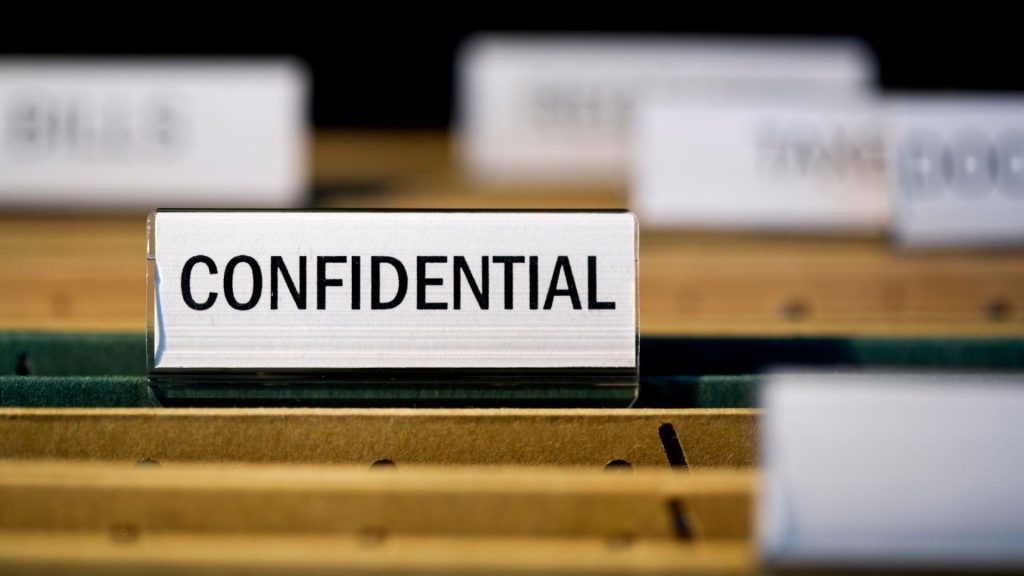
How Does An Internal Investigation Work?
Initial Report and Deciding Whether to Conduct a Corporate Investigation
When a complaint or report of misconduct is received, the organization is obligated to take it seriously and respond appropriately. Depending on the type of accusation, there could be rulings that control the handling of the complaint and the timeline for the workplace investigated and decided.
The first decision to be made is whether the report warrants an investigation, and this cannot be taken easily. Failure to examine misconduct that should be examined can have crucial consequences for the organization.
Is immediate action needed?
Forthright actions such as dividing the parties, talking to them individually, or providing counseling, may be necessary if the accusation warrants it. Accusations of harassment must be handled very carefully and could require the withdrawal of one or both parties to another place.
If a decision to investigate the report has been made, plans should be made to undertake an investigation, which includes a method for choosing the investigator, giving the case, and following up and reporting on the investigation being carried out.
If it is decided not to conduct an investigation, it is necessary for the decision to be documented in detail, along with reasons for the inaction, and it must be ensured that these are defensible.
Choosing An Investigator
When deciding who will investigate an accusation, a decision must be made as to whether to use an in-house or outside investigator for the investigation. Several factors must be considered for this decision, including the need for special expertise, experience, or legal knowledge that may be unavailable in-house. There may also be concerns related to the perceived bias, which could cause a risk while using an in-house investigator.
If the investigation has to cover many locations, cities, or countries, consideration to use the resources in another country is essential, as well as an individual fluent in a specific language or someone who has local knowledge.
It is important to choose an unbiased investigator with sufficient knowledge, talent, and experience. The right investigator should possess the skills, and experience to conduct the investigation and also be without conflicts of interest or compromising relationships.
Planning the Investigation
It is essential to decide the purpose of the investigation during the planning phase. Several important questions to ask are: what is being investigated? Is it a violation of the code of conduct or a criminal violation? Are there privacy issues involved? Are there any connected incidents or matters that need to be given importance?
Once the need for investigation becomes apparent, it must proceed as logically and efficiently as possible. Although every investigation is unique, with its own intricacies and obstacles, success depends entirely on a combination of the skill and knowledge of the investigator and the soundness of the investigative process.
A skillful and knowledgeable investigator who proceeds in a haphazard manner with slipshod techniques is no more likely to succeed than one who is inexperienced and ignorant, yet proceeds with a carefully designed investigative plan. It is possible to produce reliable and consistent cases when armed with an understanding of the unique nature of financial crimes and are aware of the logical flow of a successful investigation.
The planning of an investigation plan helps to prevent scope creep. A planned process helps to focus on the accusation or incident being investigated and helps the investigation stay on track.
Decisions relating to who needs to be interviewed, where, when, and in what order will also be included as part of planning.
Conducting Research
It might be necessary to conduct initial research at this stage which may involve digging into the backgrounds of the subject matter of interviews. Information acquired through research can be used to facilitate the interview with some informal chat. It takes insight to realize how preliminary digging can be used to prejudge people, resulting in a prejudicial interview and investigation, and to make a concerted effort to avoid this.
Planning the Interview
In preparing a list of potential interview subjects, the investigator should keep in mind that there are relatively few eyewitnesses in financial crimes. There are two reasons for this. First, the overwhelming number of financial crimes is based on one variety of fraud or another. By definition, fraud is a surreptitious crime involving concealment and stealth. Second, to the extent that a person may witness a discrete act by the suspect, they will likely regard the person’s actions as falling within the bounds of routine business activity.
The problem of a witness’s inability to identify aberrant behavior stems from the fact that successful embezzlers attempt to mimic the patterns and activities of legitimate business as closely as possible. When embezzlers are successful, their activities are often indistinguishable from routine daily operations, even to a well-trained observer. For those reasons, the list of interview candidates should include a wide range of potential information-holders.
As you prepare your list of potential interviewees, always include both currents and former employees. There are few investigators who would forget to interview current employees, co-workers, and intimates of the suspect. However, a true professional remembers to include in the list of potential candidates from former employees as well. Aside from providing greater depth to the investigation, former bosses, co-workers, and significant others often can provide very detailed information without fear of ruining their relationship with your suspect.
Where you conduct your interview is also important. You have several options when deciding where you want the interview to take place. Suspects and those who might become suspects will likely be most comfortable on their turf. However, strategically, you may not want the suspect/potential suspect to be too comfortable.
The proper setting can help to leverage psychological pressure. It is common for investigators to manipulate the pressure placed on a suspect to reduce his resistance to confession. While some might argue against this practice, it is commonly done and, when not abused, can be quite effective. One very powerful tool to manipulate the pressure is taking the suspect out of his/her element and putting them into yours. Whether it is your office or an attorney’s office, the pressure placed on the witness is likely to be greater.
Conducting Interviews
The only aim of the interview phase of the investigation is to get to the truth. Several techniques could be used for interviews.
The initial step in conducting the interviews is to contact the interviewee and agree on a time and place. The following techniques can be used to ease the nerves of interviewees and raise the chances of them communicating freely:
- Select a neutral and secluded area for the interview;
- Show flexibility for scheduling the interview;
- Formulate the interview as a chat instead of an investigative interview;
- Clear distractions from the interview location, such as photos or decorations;
- Set out what the interview is related to and why;
- Build rapport with the interviewee before starting to ask the questions;
- Consider the flow of information while deciding the order of interviews;
First, interview the person who prepared the report. If there are others named in the report, interviews of such individuals should also be conducted.
In the next stage, interviews should be conducted with the witnesses to the incident or allegation. This might result in further witnesses being recognized, and they should be interviewed too.
Finally, an interview of the subject of the allegation or report should be conducted.
Whether to record or not to record the interview
Recording the interviews is purely a matter of choice. Some investigators think that recording devices can stress the interviewee and can hinder their flow of information. Others consider that recording the interview allows them to put attention on the person and what he or she is telling, rather than writing notes, allowing for a more rational conversation.
A benefit of recording interviews is that a recording leaves no doubts about the morals of the interviewer and the quality of the questioning. It also eliminates doubt over what the subject is saying, thereby allowing the subject’s exact testimonies to be put in the investigation report.
Recording interviews protects the investigator. There is no room for he said or she said when an accurate recording of the interview exists. Accusations that the interviewer made threats or offered promises to entice a suspect to confess are much easier to disprove when a review of the tape shows otherwise. A recording also protects the witness. With an accurate recording, there is no question of what was said. This can be important to the witness because it gives him or her some comfort that their words will not be twisted.
However, there are occasions when recording an interview may have negative consequences. One of the primary objectives of the interview process is to get the subject talking. The presence of a recording device may cause the subject to be less willing to speak freely. Additionally, inquiries involving public agencies are usually subject to Freedom of Information mandates and may be released to the media and general public. An inflection in tone or spontaneous exclamation in response to a sensitive question may become embarrassing later and could taken out of context.
As an alternative to recording, a two-person interview can be conducted with the subject to avoid later conflicts in memory. Once notes are transcribed and memorialized, the report of the interview can be reviewed by the subject to validate and clarify any discrepancies or inconsistencies. Depending on the parties involved and the circumstances of the case, the investigator should use the most effective and efficient technique.
Gathering and Documenting Evidence
All cases require the submission of the best evidence. The term “best evidence” does not refer to the most appropriate piece of evidence for a particular claim. Instead, it means that all evidence submitted to prove a claim must be the original. Where the original is not available, the offering party generally must offer evidence to show why it is unavailable and proof that the offered copy is accurate.
Evidence gathering is the most time-consuming part of the investigation and requires gathering both physical and digital evidence. Everything discovered during the investigation is potential evidence, and it’s important to think about every piece of evidence, whether it fits in with other evidence and impressions relating to the case.
All evidence must be preserved securely. Digital evidence needs to be verified, recorded, and stored somewhere. Where case management system is being used for investigations, digital evidence can be uploaded directly into the case file where it remains safe, organized, and accessible.
Pursuing best practices for the chain of custody when securing evidence is integral. Chain of custody is a method of documenting evidence that shows the seizure, custody, control, transfer, storage, and analysis of a piece of evidence. It’s a procedure to record everything that was done to a piece of evidence to make sure that it is credible and prove that it hasn’t been changed and interfered with.
Reaching a Conclusion
Depending on interviews and the evidence collected, a conclusion is reached that is reflective of the evidence processed.
An inconclusive investigation is failed. If a conclusion cannot be reached, more evidence may need to be collected, and the existing evidence may be re-visited.
Based on the conclusion reached in the investigation, the company must decide whether to take action.
The action could include: disciplinary action against an employee, suspension of an employee, counseling or professional assessment of an employee, mediation between or among employees, termination of an employee, involving law enforcement in a criminal action, or accommodation in the workplace.
If the company decides not to take any action, this should be documented, along with the reasons.
Writing the Investigation Report
Even the best, most comprehensive, fair, and timely investigation is worthless if it is not documented appropriately. Documentation should be done at each stage of the investigation and later compiled into a final product, the investigation report. An investigation report is a summary of all the steps, interviews, evidence, and conclusions drawn. It’s the final product that is read by all concerned parties and, therefore, it must be clear, accurate, succinct, and credible.
Investigation Follow-Up
Often, after the finalization of the investigation, a follow-up is conducted to ascertain the effects that any actions have had on those involved in the investigation and other interested parties.
Follow-up entails examining changes made as a result of the investigation report and determining if these changes are influencing the issues and incidents under inquiry. This is a continual step that puts the company in an excellent position to predict and manage risk, as well as identify and trends before they become problems.
Final Thoughts
It is important to remember that conducting an internal investigation is a major decision. It is difficult to stop or reverse the effects once they have begun. Internal investigations are not one-size-fits-all, whether they are limited to one country or cover multiple jurisdictions. The scope of the investigation may change as the size and nature of the problems become clear – and the investigation must be tailored to the specific problems as they arise.

